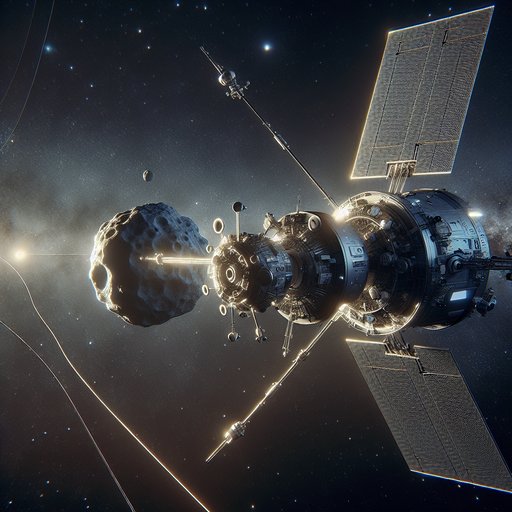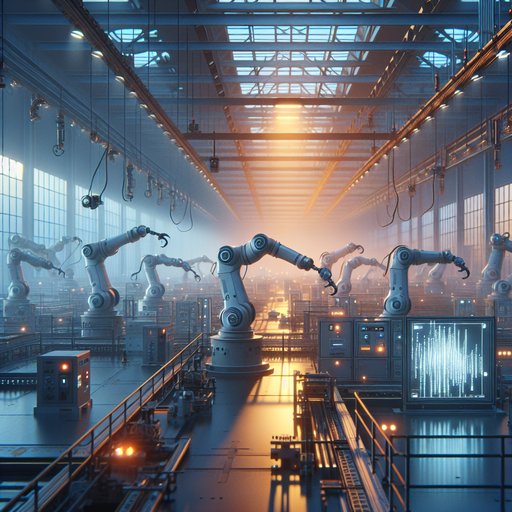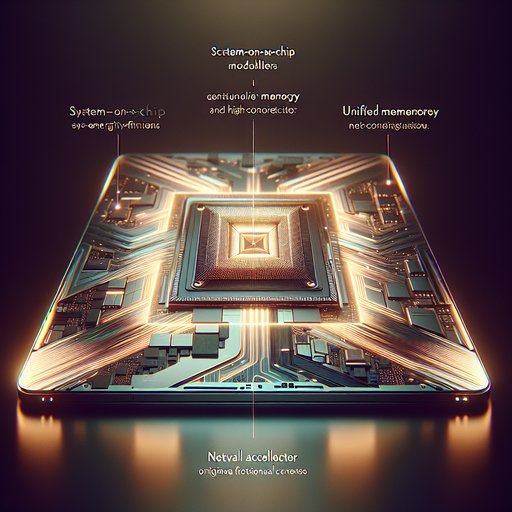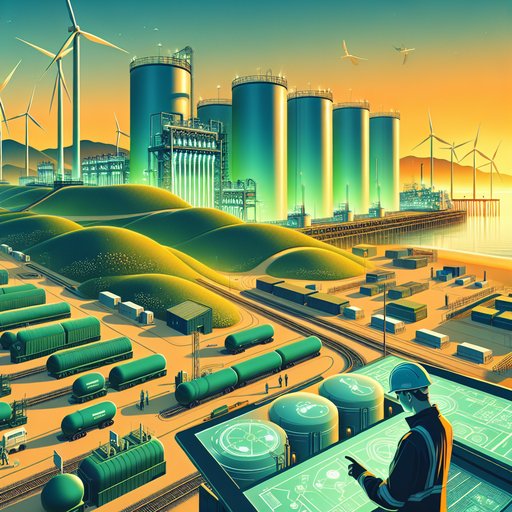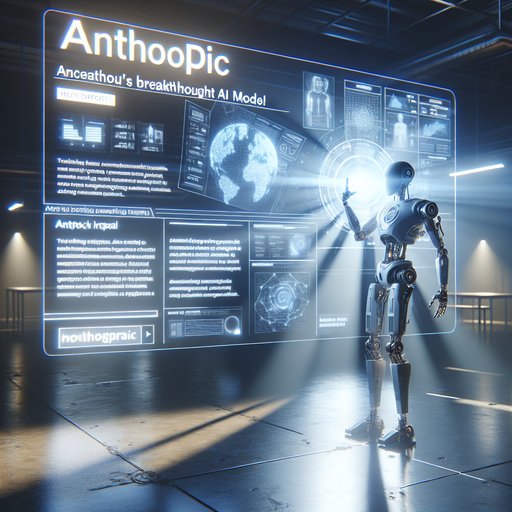
On July 24, 2025, the artificial intelligence community is abuzz as Anthropic’s revolutionary AI model continues to redefine what is possible in automated coding. Released the previous summer, this advanced system has steadily gained recognition for its remarkable proficiency in code generation and problem solving, marking a pivotal shift in both AI capability and developer productivity. As technologists and companies explore its far-reaching influence, this innovation stands as a testament to the rapid evolution of artificial intelligence and its transformative impact on robotics and software engineering [1].
Before the release of Anthropic’s most recent AI, the capabilities of generative models in programming were primarily defined by their limitations. While prior systems could offer code suggestions and automate simple tasks, they struggled with complex programming challenges and nuanced logic. This often necessitated constant human intervention and review, inhibiting widespread adoption and genuine productivity gains in fields ranging from automation to the early stages of robotics development [1].
The turning point came in the summer of 2024, when Anthropic unveiled its next-generation model. Experts and developers alike were quickly struck by the leap in quality and reliability. Not only could the new model handle intricate programming problems, but it also demonstrated improved contextual understanding, adaptability to various coding styles, and the ability to debug autonomously. These advances significantly accelerated workflows, allowing developers to offload more complex responsibilities, from rapid prototyping to managing intricate robotic behaviors, directly to AI [1].
The adoption of Anthropic’s technology has catalyzed innovation beyond the software sector. Robotics teams, in particular, have leveraged the model’s fast and accurate code generation to iterate mechanical designs and control systems at an unprecedented pace. Whether it’s programming collaborative robots (cobots) for manufacturing lines or enabling smarter autonomous machines, the potential for rapid development has allowed start-ups and established enterprises alike to experiment boldly and shorten their path to market [1].
Amidst this wave of progress, optimism is tinged with a sense of responsibility. As Anthropic’s model becomes an increasingly integral tool for both coding and robotics, conversations about AI transparency, explainability, and ethical deployment have gathered momentum across the industry. While the current focus remains on harnessing the positive potential of these remarkable advances, leading developers and researchers emphasize the need for continued vigilance to ensure AI systems are developed and used in ways that are safe, predictable, and beneficial for all [1].








